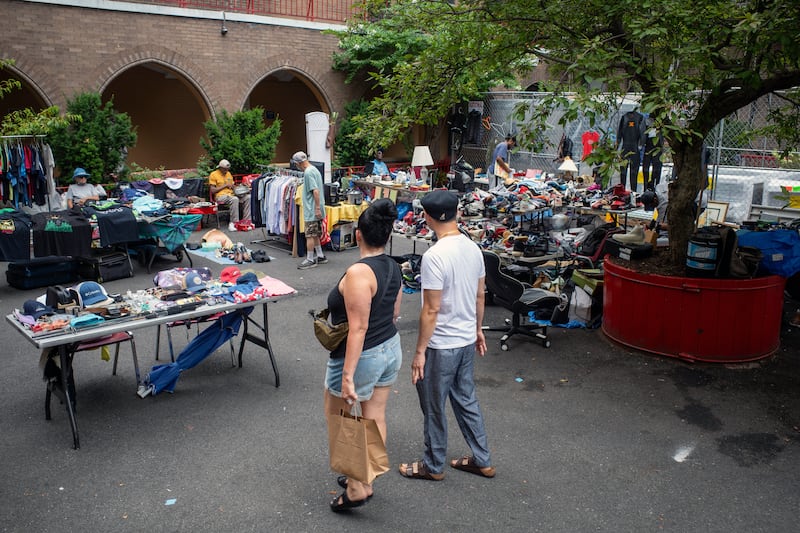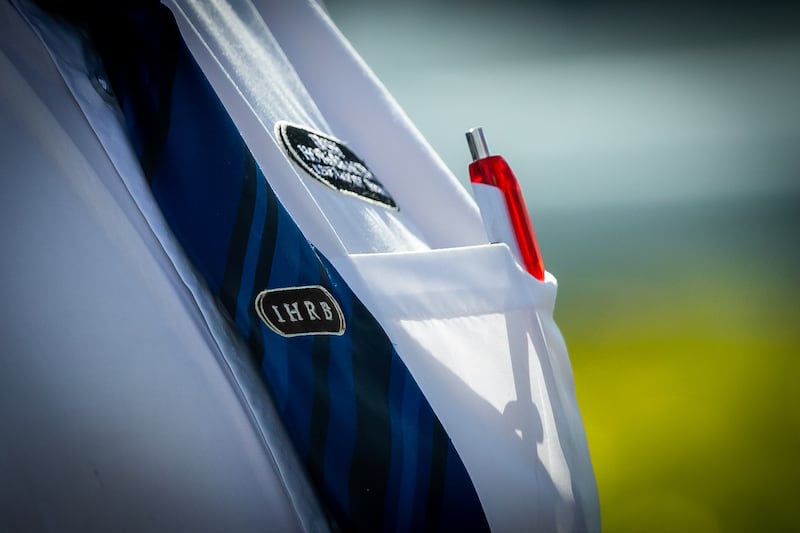On the first sweltering Sunday of the summer, East 14th Street erupted.
An aborted drug deal turned into a brawl with a glass lamp used as a weapon. An assailant in a home-made superhero cape pulled out a knife and started slashing. Three people were stabbed, one fatally.
To the Trader Joe’s shoppers who dropped their groceries and fled in horror, the violence that unfolded along a busy commercial strip in the East Village on June 23rd was as surreal and random as it was terrifying.
But East 14th Street also embodies New York City’s struggles with a web of interconnected ills that have defied attempts to rein them in and have flared since the pandemic in parts of Manhattan: homelessness and mental illness, addiction and rampant shoplifting and see-saw battles for control of public space.
READ MORE
Along the stretch by First Avenue, even as the surrounding neighbourhood grows shinier and blander and crime declines overall, there is a consensus that the forces of chaos have lately gained the upper hand.
It has been “like a game of Whac-a-Mole,” said city council member Keith Powers, whose district borders the stabbing site. “We have to show people that we can govern a block that is out of control.”
An angry letter he wrote in 2021 to then-mayor Bill de Blasio citing “homeless encampments, illegal vending, obstructed sidewalks and unsanitary conditions” could have been written yesterday.
Joe Maller (53), who has lived on 14th Street since 2002, traced the years of self-sustaining disorder that he said characterised the street. “It’s been up and down,” he said. “It’s definitely in a trough now.”
The fatal stabbing is the only murder so far this year in the ninth precinct. But the neighbourhood has a long history of drug dealing. People who come to buy drugs stay to raise money to buy more drugs by panhandling and selling scavenged items, residents and officials say. The nearby emergency room of Beth Israel Hospital regularly treats overdose survivors who filter back to 14th Street.
Headlines on a neighbourhood news blog, EV Grieve, chronicle 14th Street’s ups and downs, particularly the downs. From 2018: “Residents voice concerns about quality-of-life issues on 14th Street and First Avenue.” Three years later: “Addressing the problem corner of 14th Street and First Avenue.” January: “Man slashed after asking man to stop urinating on car along 14th Street and First Avenue.”

One source of problems, many residents, officials and merchants agree, is the weekend flea market on the grounds of a closed Catholic school, Immaculate Conception. The flea market – across 14th Street from Stuyvesant Town, the upper-middle-class apartment complex that has its own security force – attracts unlicensed vendors who spill on to the sidewalk.
The police clear the vendors, and they quickly return. The Sanitation Department issues tickets, to little effect.
The open-air bazaar also creates a market for stolen wares, some shoplifted from chain stores that dot the street. (A 2022 clip of a man strolling out of Trader Joe’s with what looks like a stack of steaks became a viral hit.)
Shortly before the June 23rd attack, police had cleared the sidewalk yet again. The vendors soon came back, setting the stage for the arrival of Alejandro Piedra, a 30-year-old man with a history of serious mental illness who now faces charges of murder and attempted murder.
One stabbing victim, JC Lopez (31) said he was around the corner on 13th Street smoking marijuana with two friends, Clemson and Jennifer Cockfield, when Piedra approached. Lopez had nicknamed him “Anime Man” because he often wore a helmet, sunglasses and a green cape made from a blanket.
“He comes by from time to time,” Lopez said, “always for the same thing”: methamphetamine. Piedra offered to steal some merchandise from a nearby store to trade, Lopez said.
“We said come back with something like socks, or shirts, anything that’s worth it,” Lopez said. Instead, he said, Piedra returned with lighters, a brownie and juice. “We didn’t give him anything, and he got mad,” Lopez said. “He pulled out a switchblade.”
After Piedra pulled the knife on 13th Street, Lopez started swinging a stick. Piedra stabbed him in the chest and the head and walked away “like nothing happened”, Lopez said.
Then, prosecutors said, on 14th Street between First Avenue and Avenue A, in front of a hair-removal franchise, beside the clutter-laden blankets overflowing from the flea market, Piedra crossed paths with the Cockfields.
Things happened fast. An unidentified man smashed the glass lamp on Piedra’s head. Clemson Cockfield shouted at Piedra: “You stabbed my friend!” Joseph Kenny, the police department’s chief of detectives, said.
Piedra stabbed Jennifer Cockfield repeatedly, then stabbed Clemson Cockfield when he rushed to defend her. Jennifer Cockfield lay beside her husband as he bled out. She was critically injured but survived.

Lopez, who has been homeless since he was 17, said that after three days in the hospital and a brief court appearance, he returned to his “stomping grounds,” East 14th Street.
Since the stabbing, police have been stationed around the clock at the site. Last week mayor Eric Adams allocated $1 million (€920,000) to place a police mobile command centre there, Powers said.
Powers and Carlina Rivera, the council member who represents the south side of the block, are in talks with the New York archdiocese about the market’s future. A spokesperson for the archdiocese did not respond to requests for comment.
In the wake of the stabbings, a notice appeared in the flea market lot, taped to a portable toilet.
“Due to the horrific tragedy of last week, the flea market is going to start strongly enforcing the law of not purchasing and selling stolen items,” it read. “Let’s all work together to keep the market going and keep 14th St. safe and clean.” – This article originally appeared in The New York Times


















